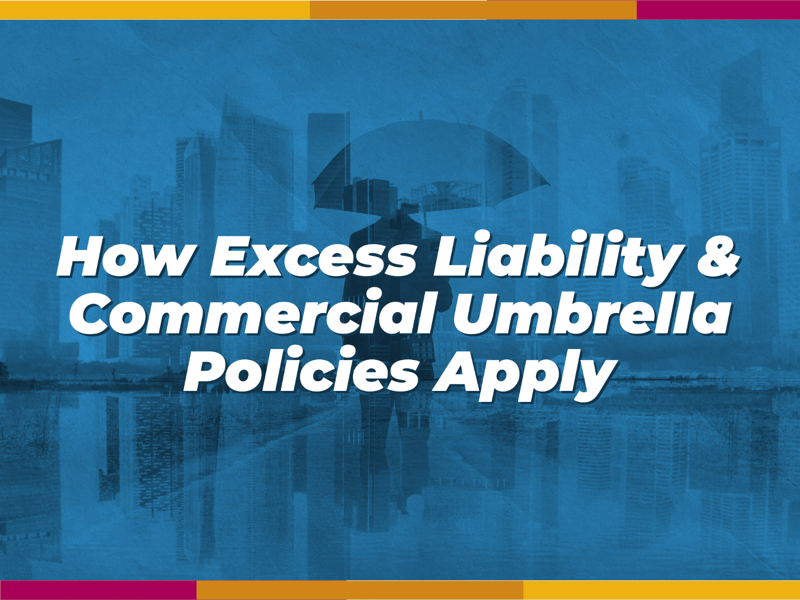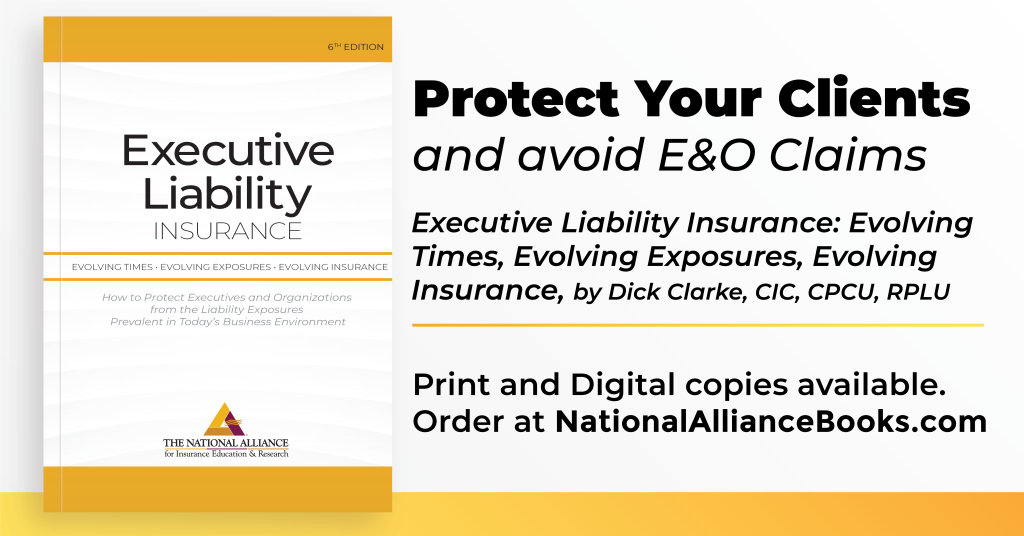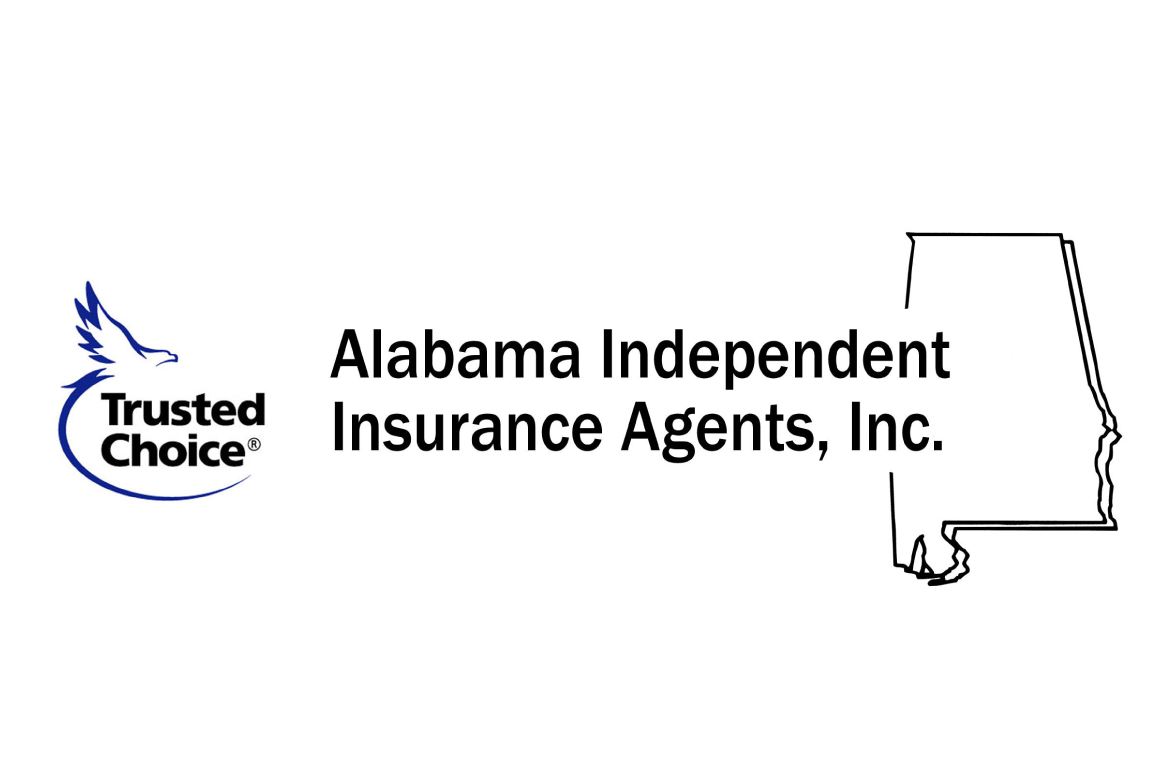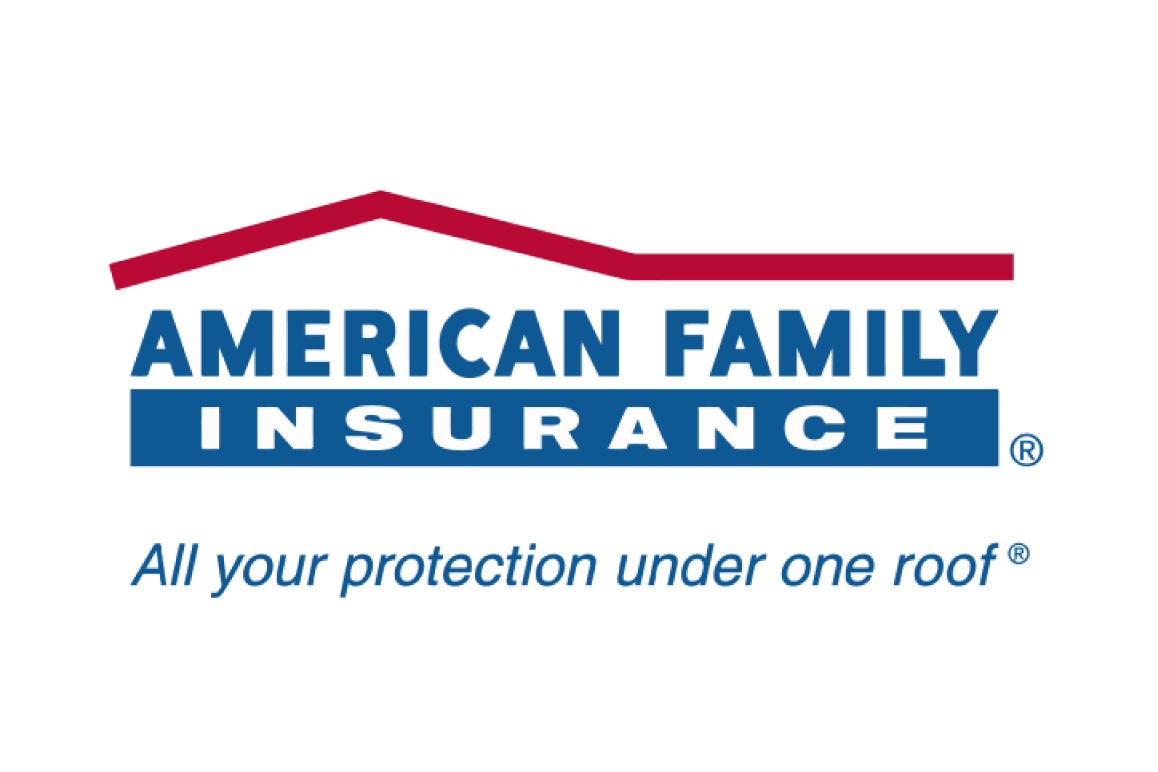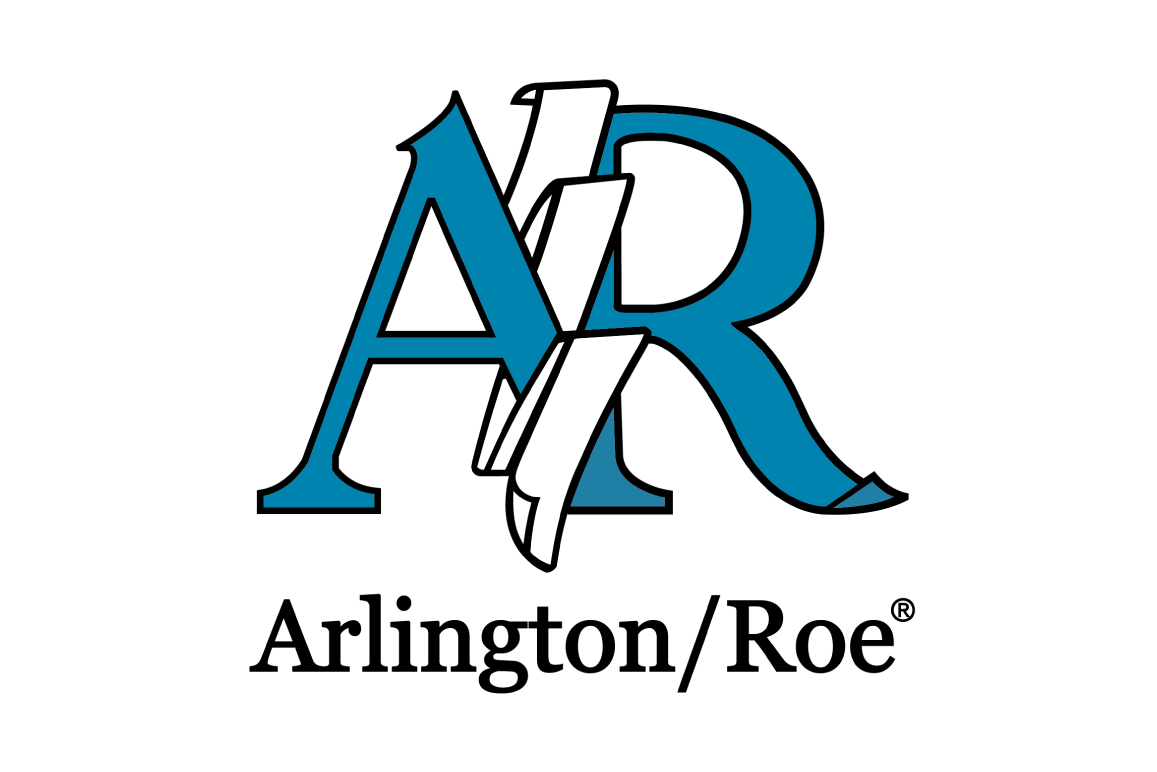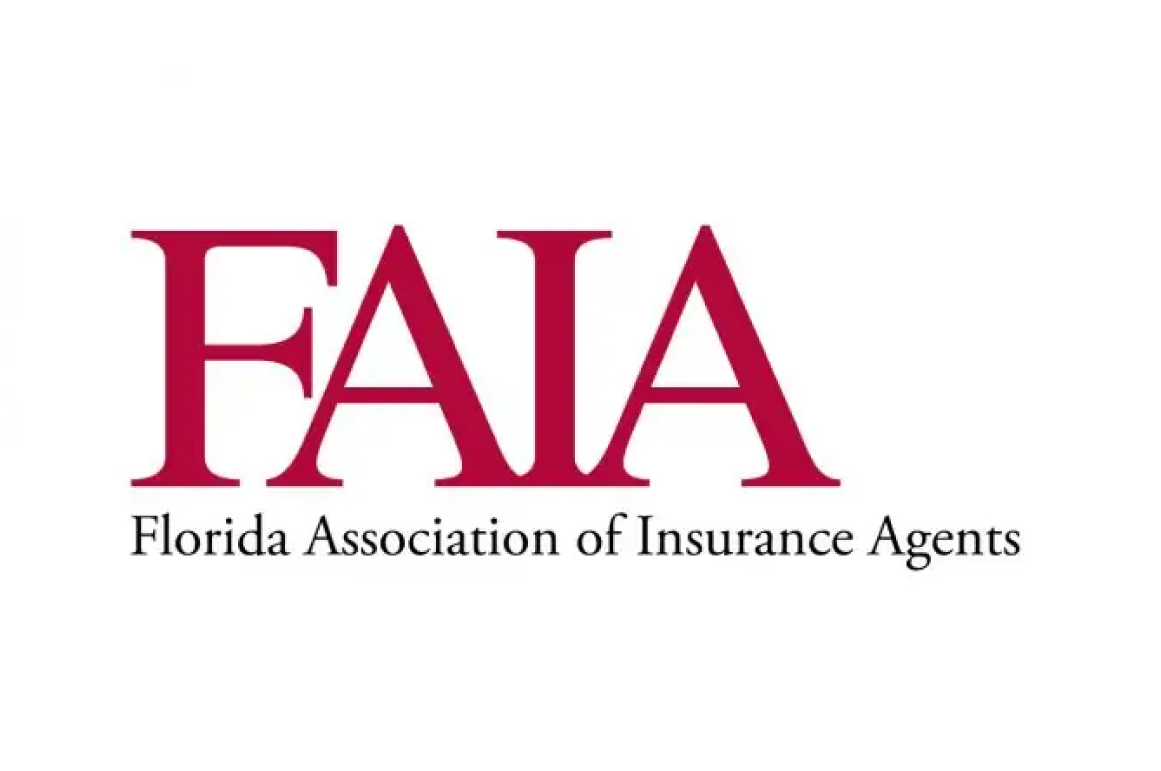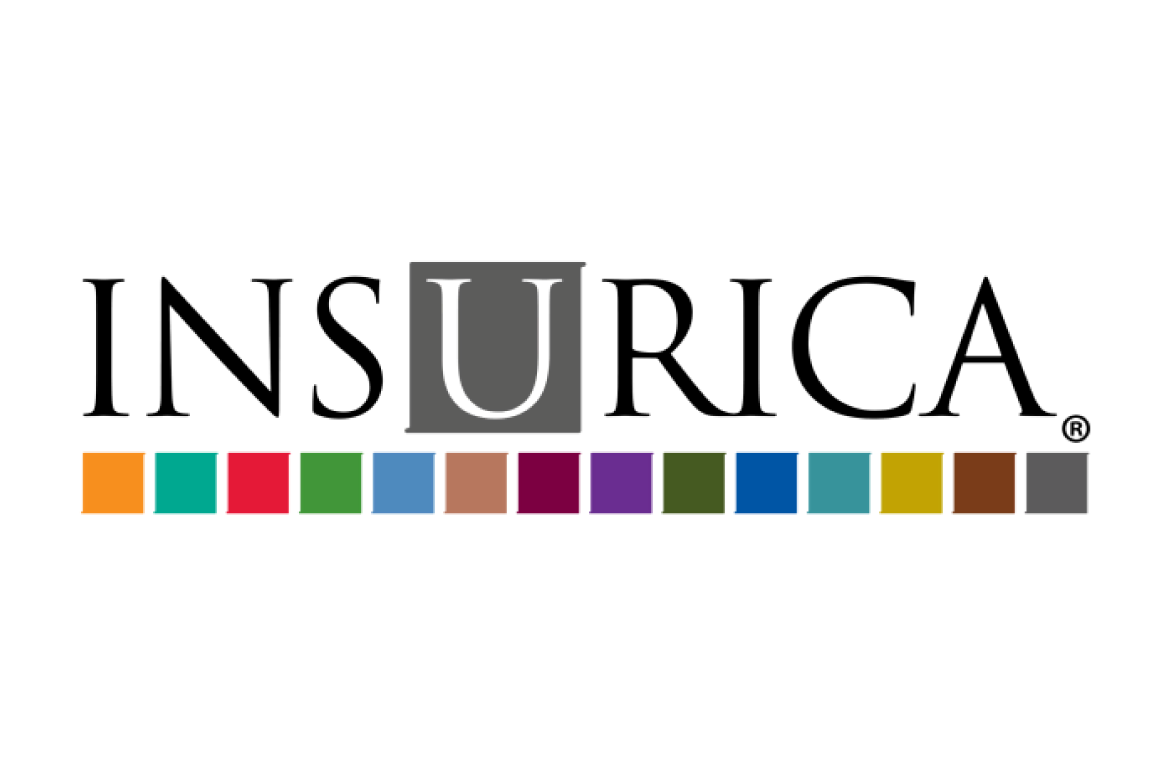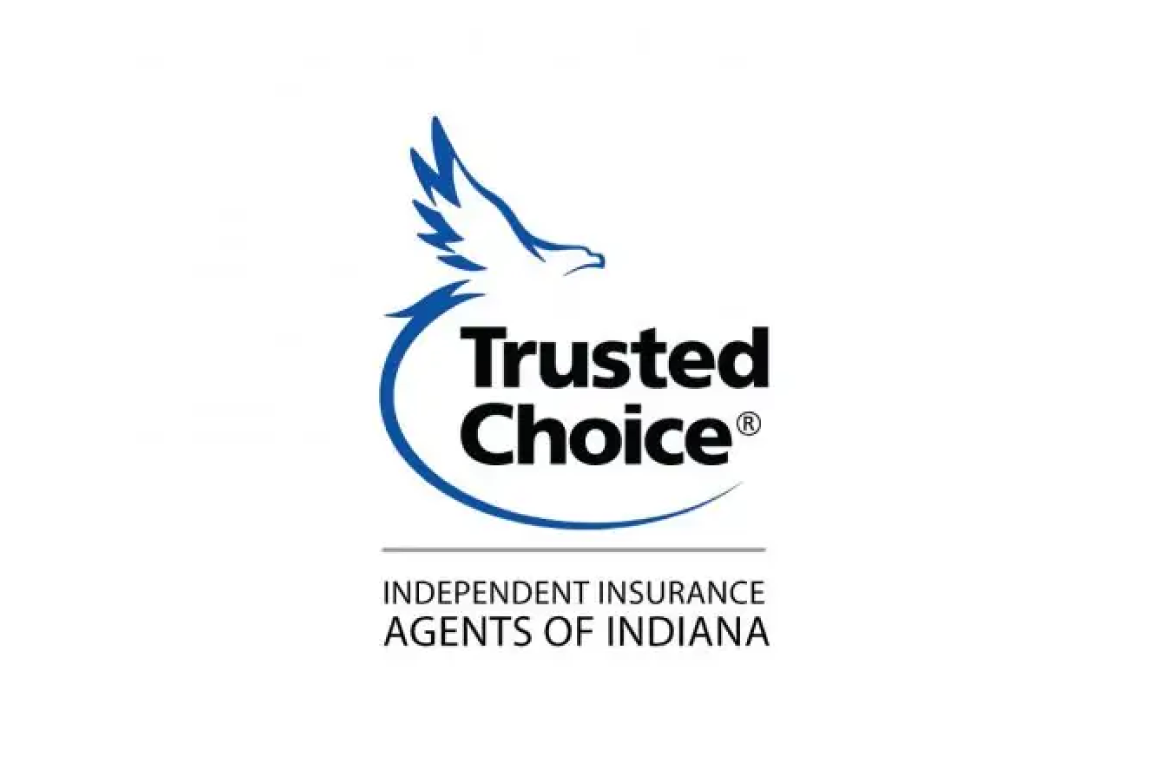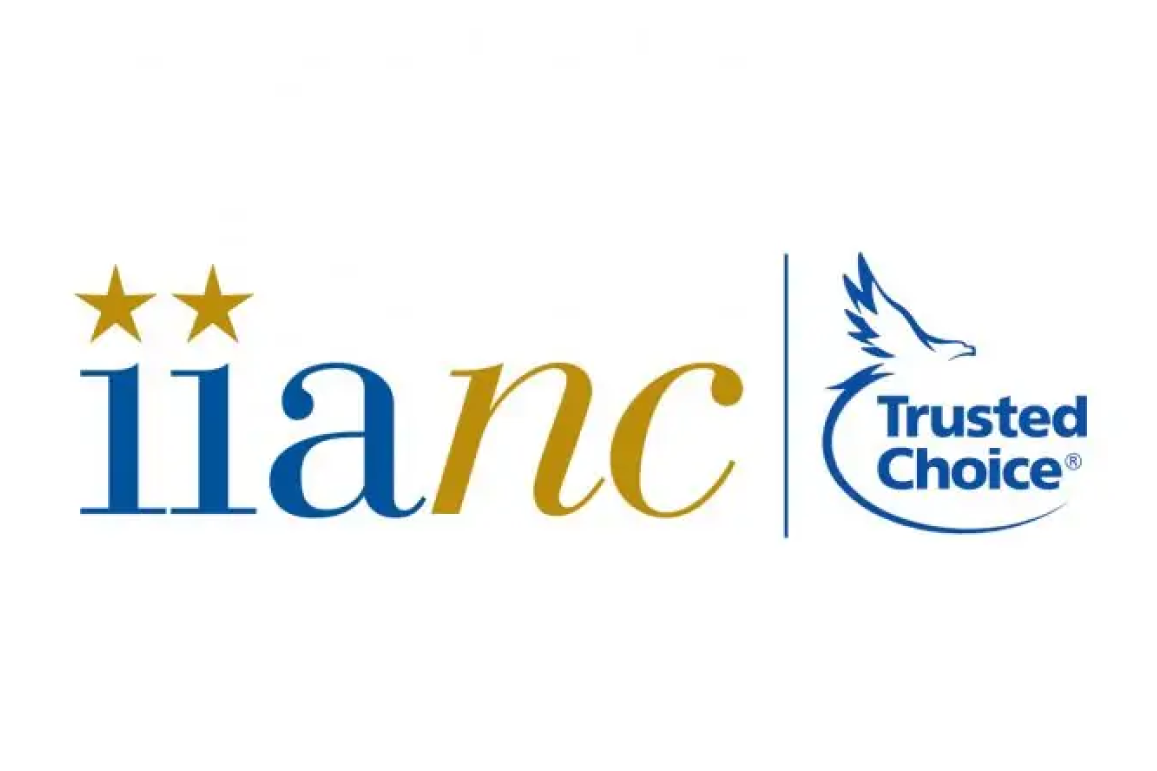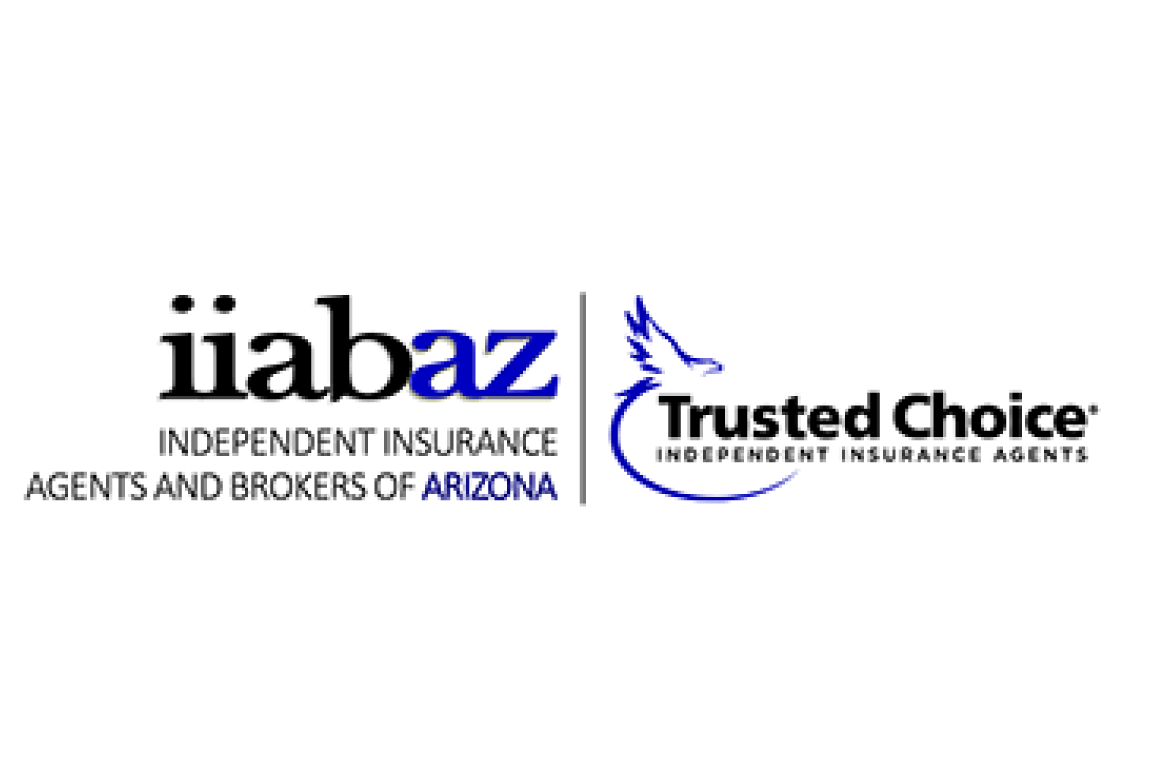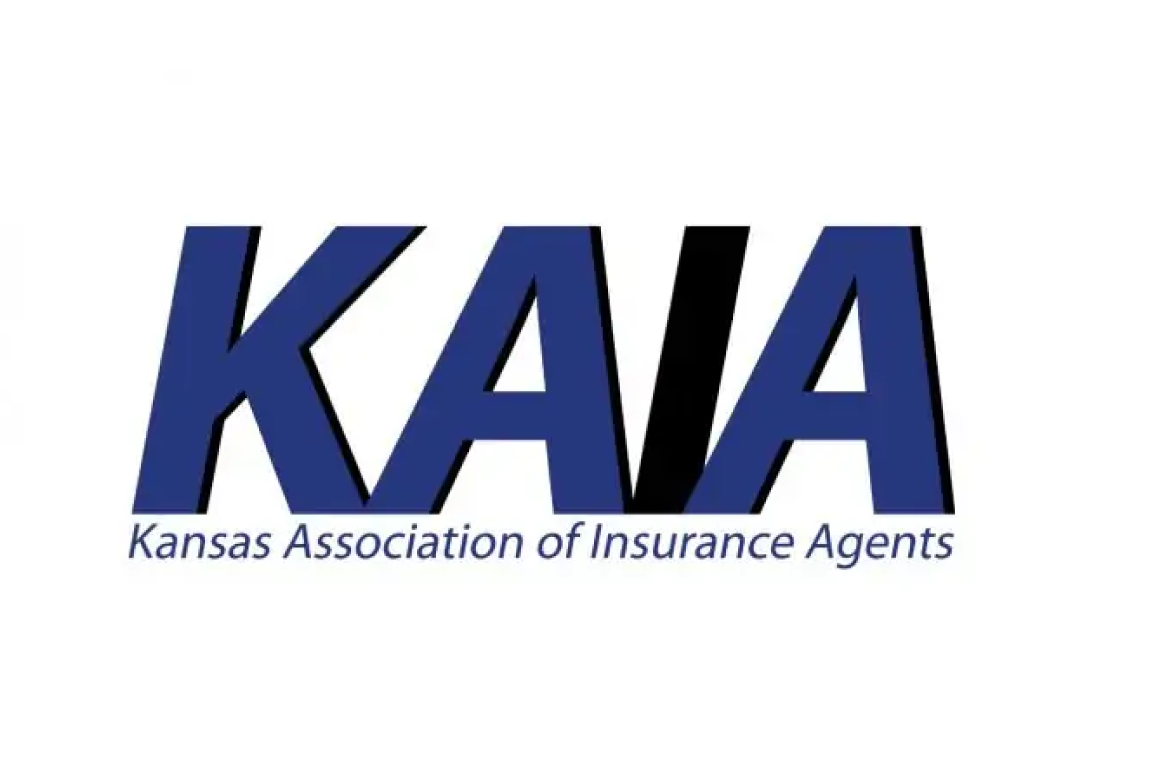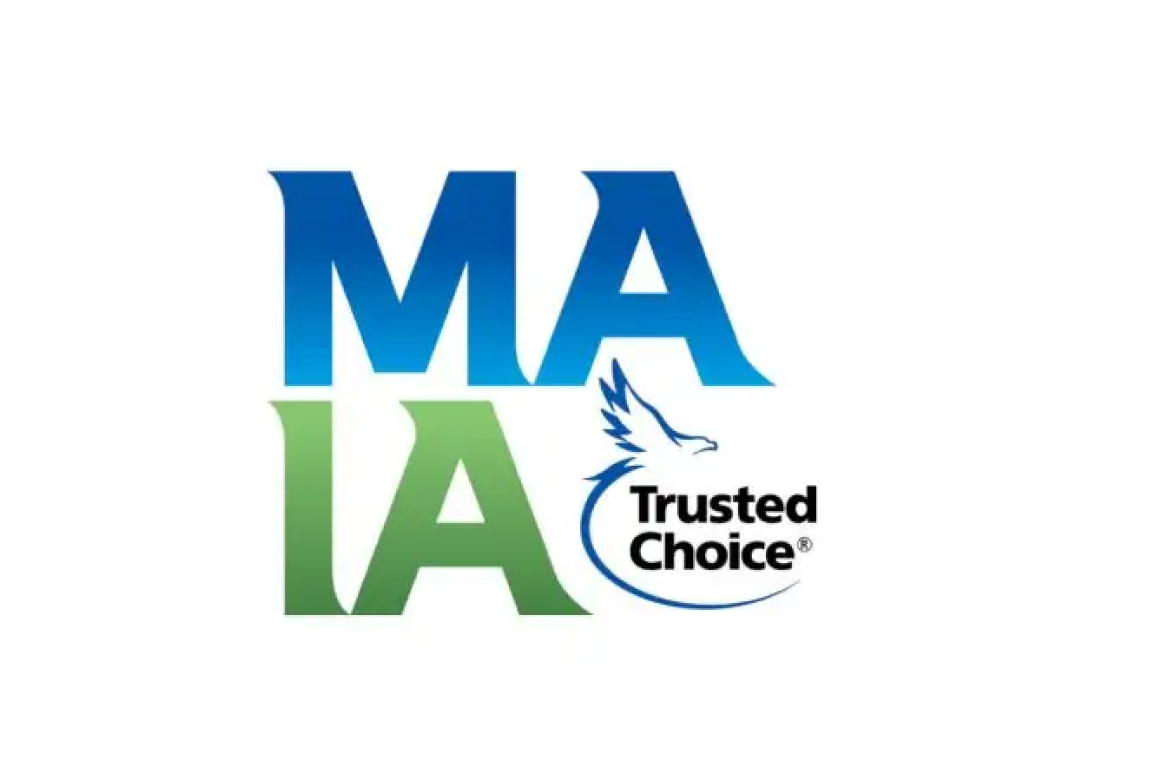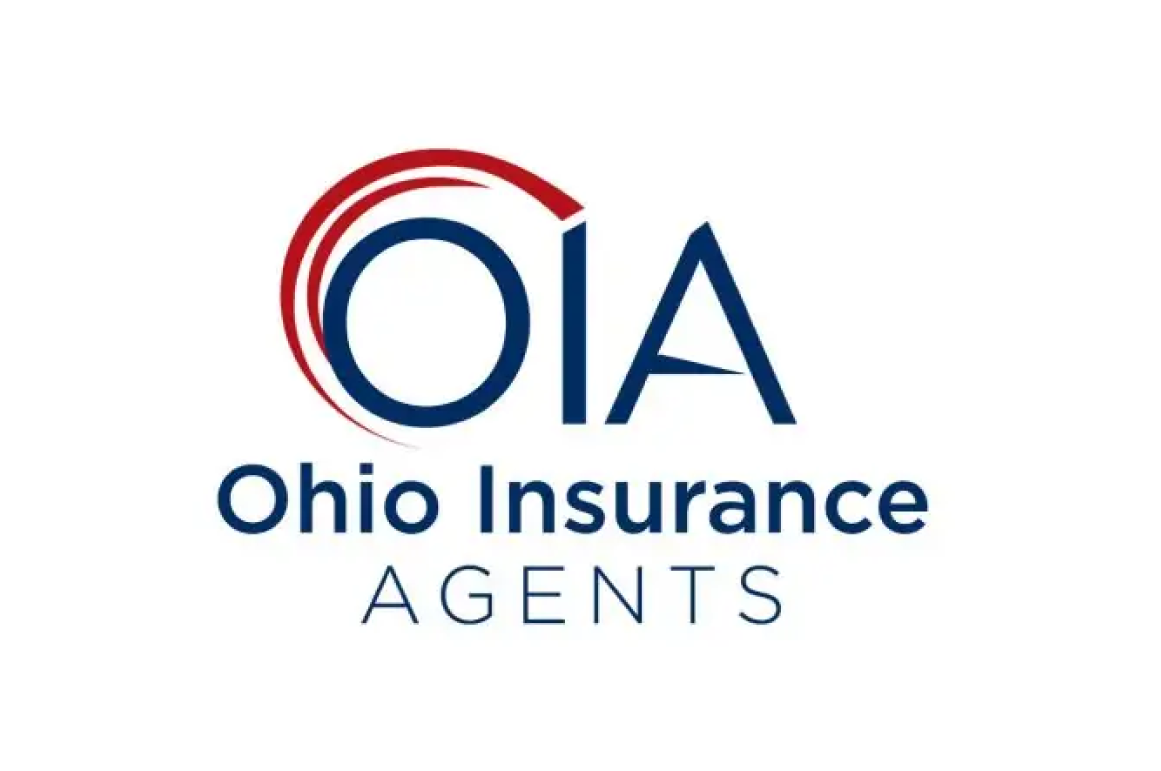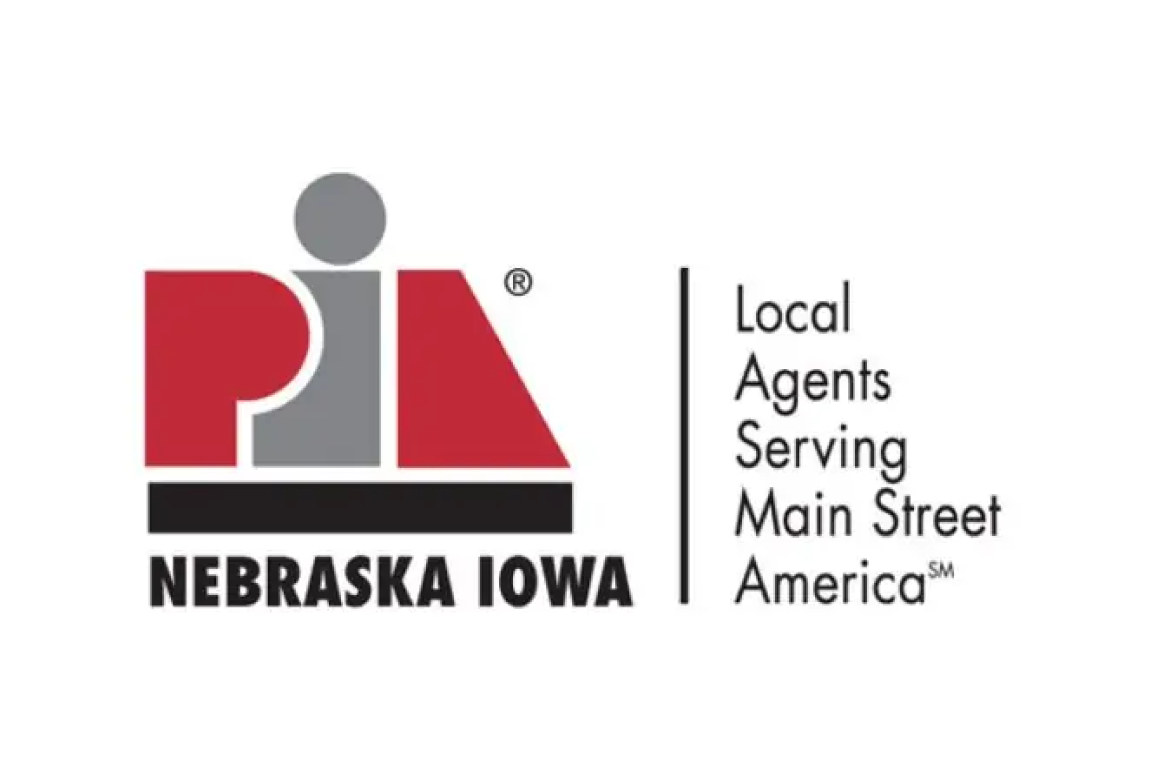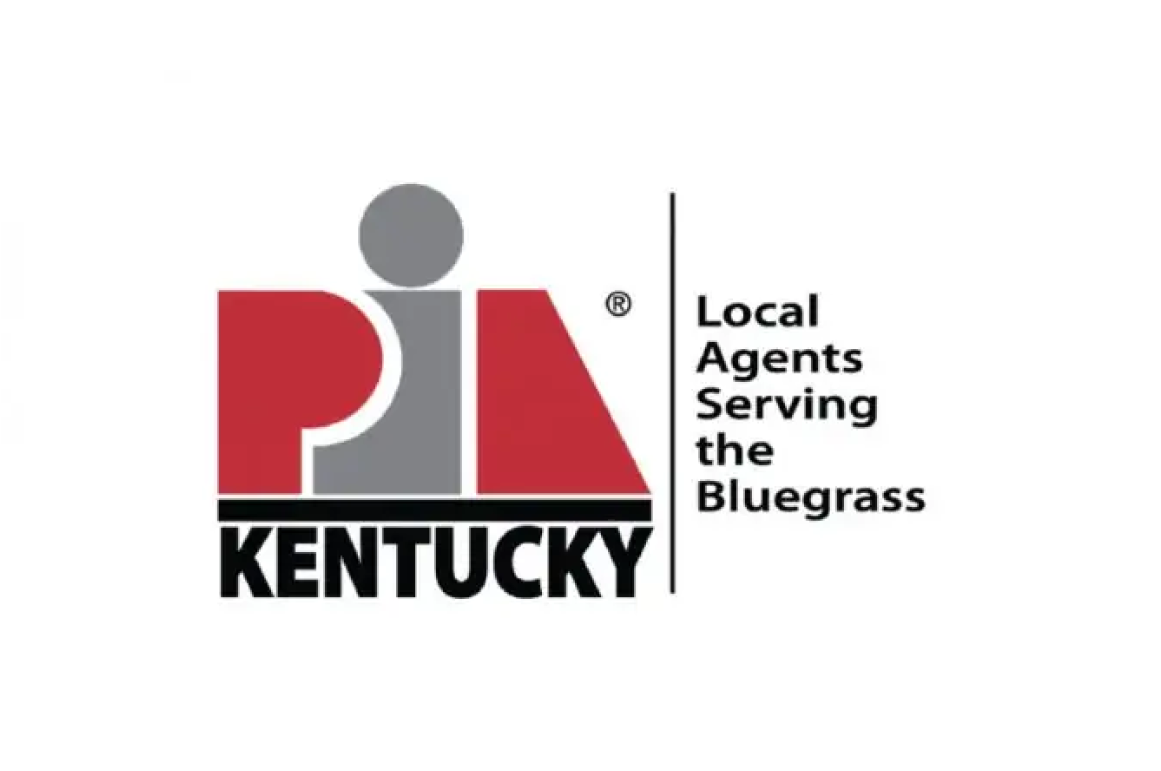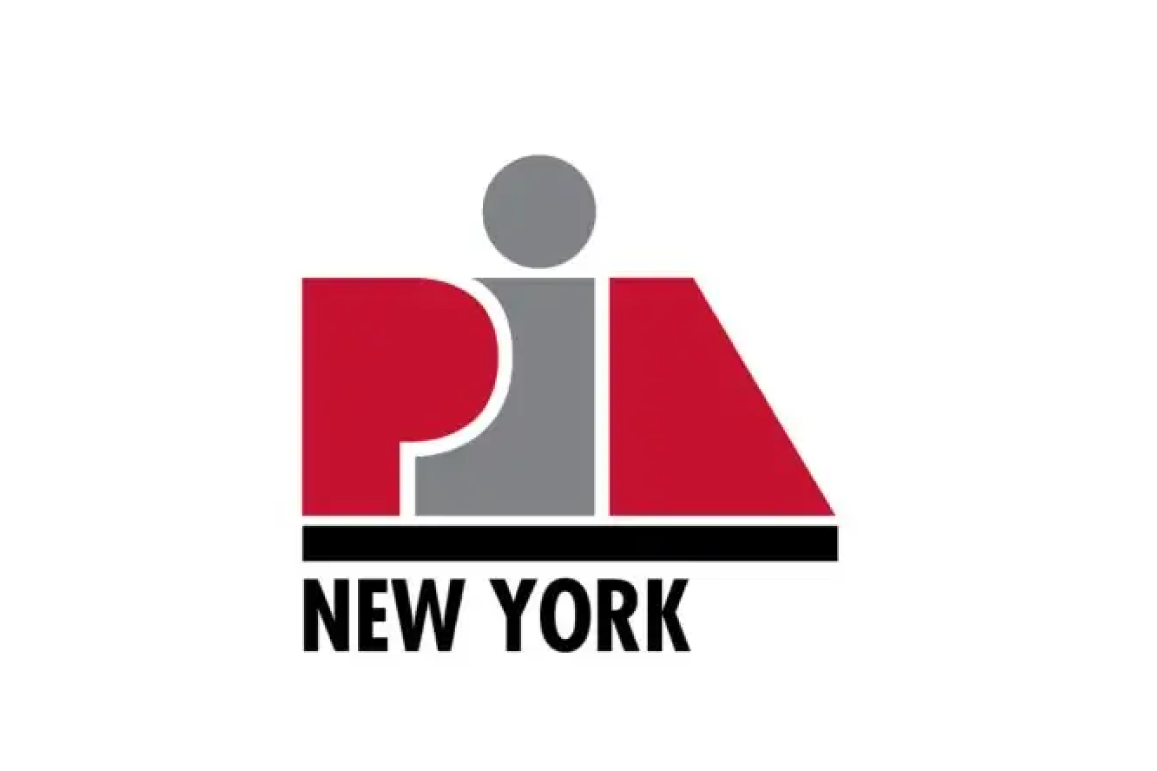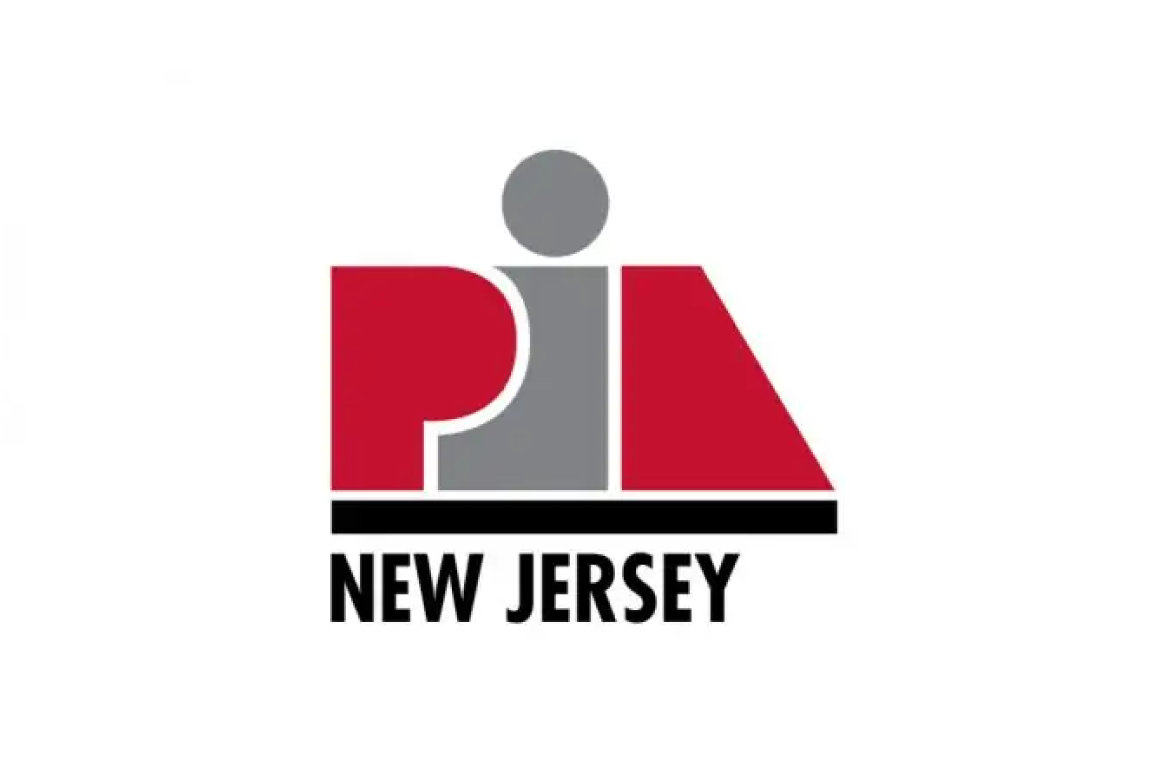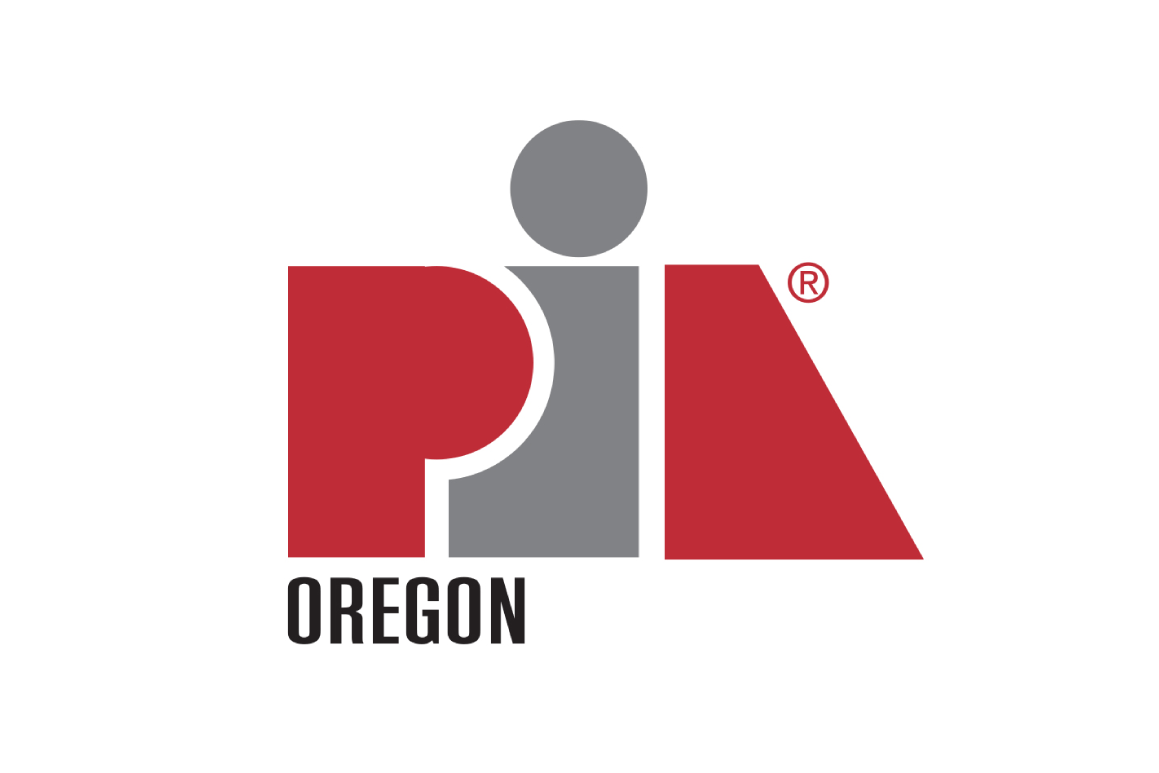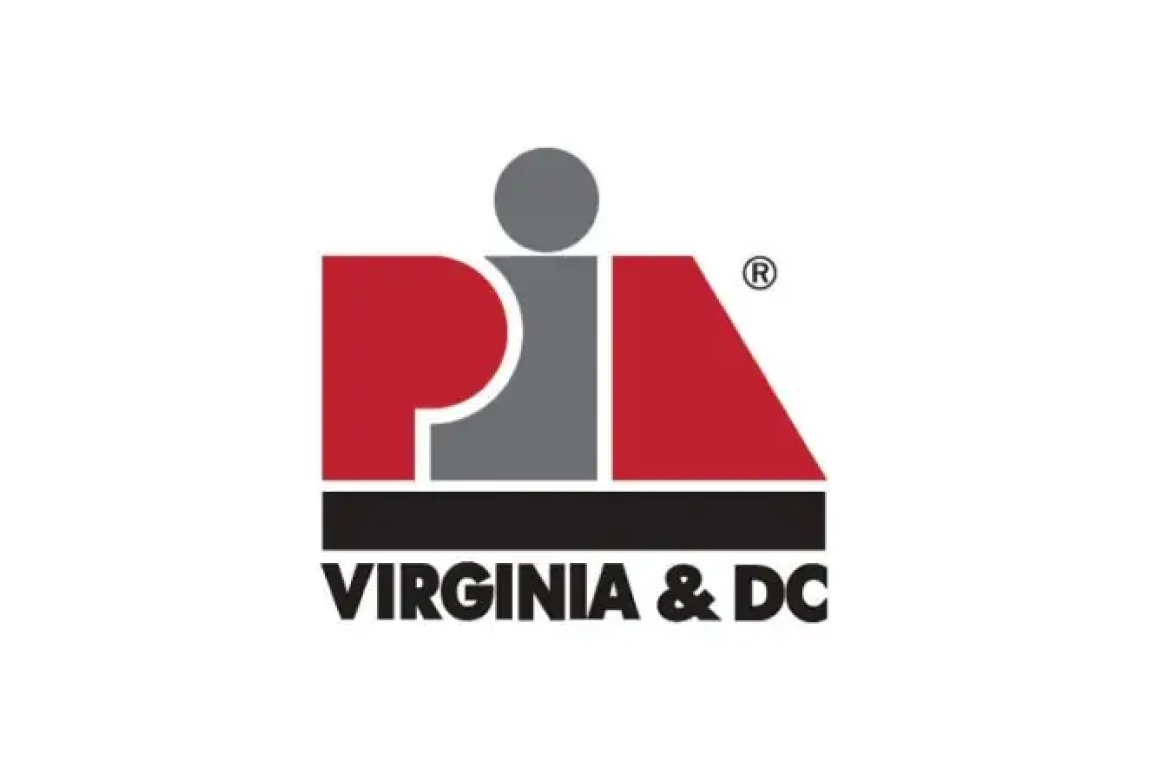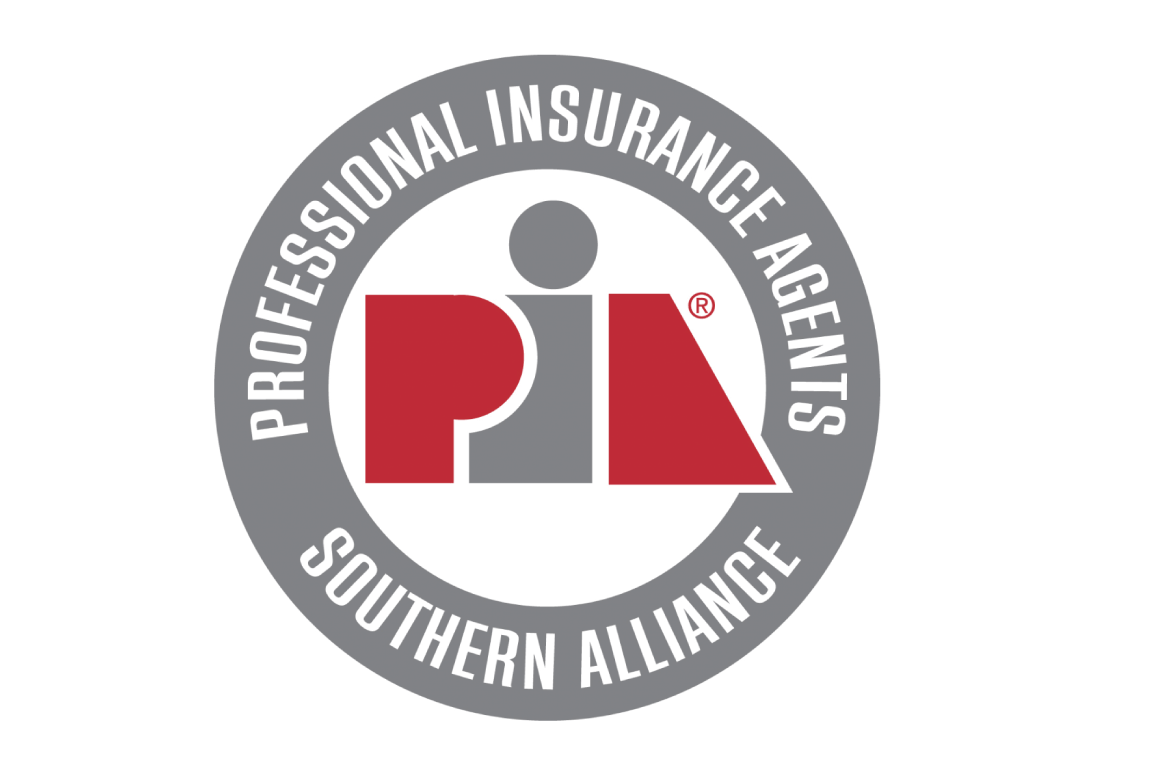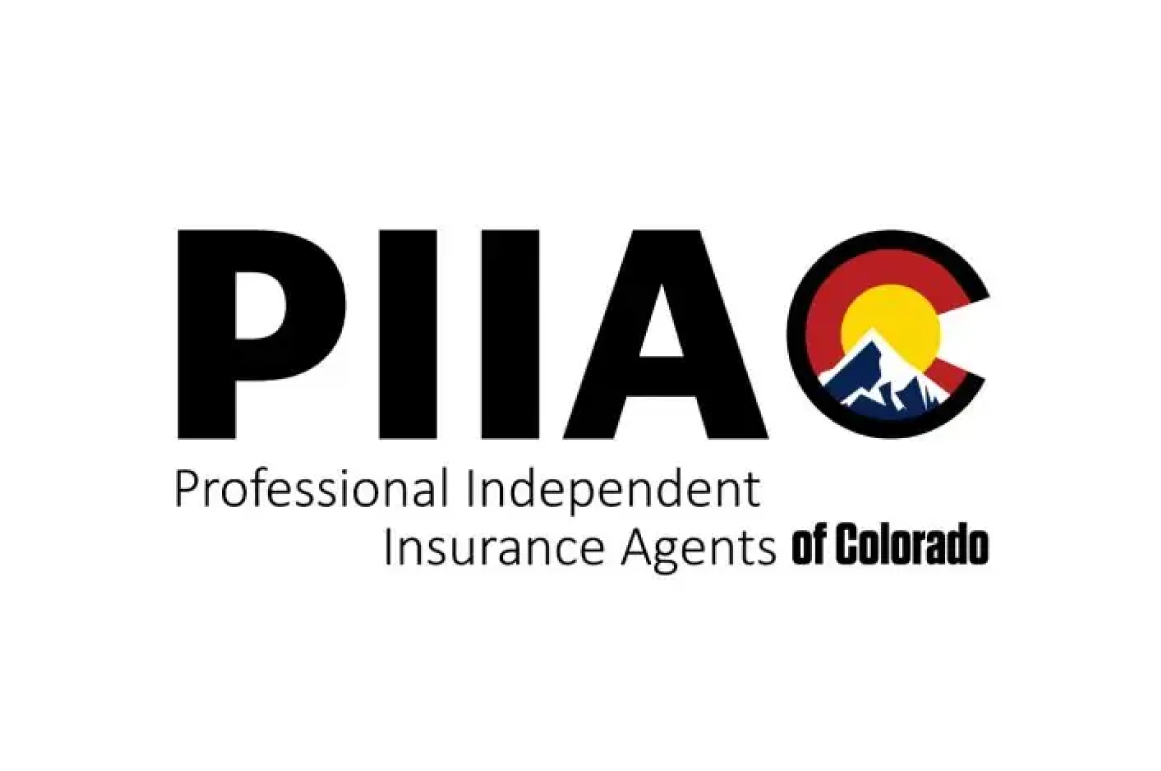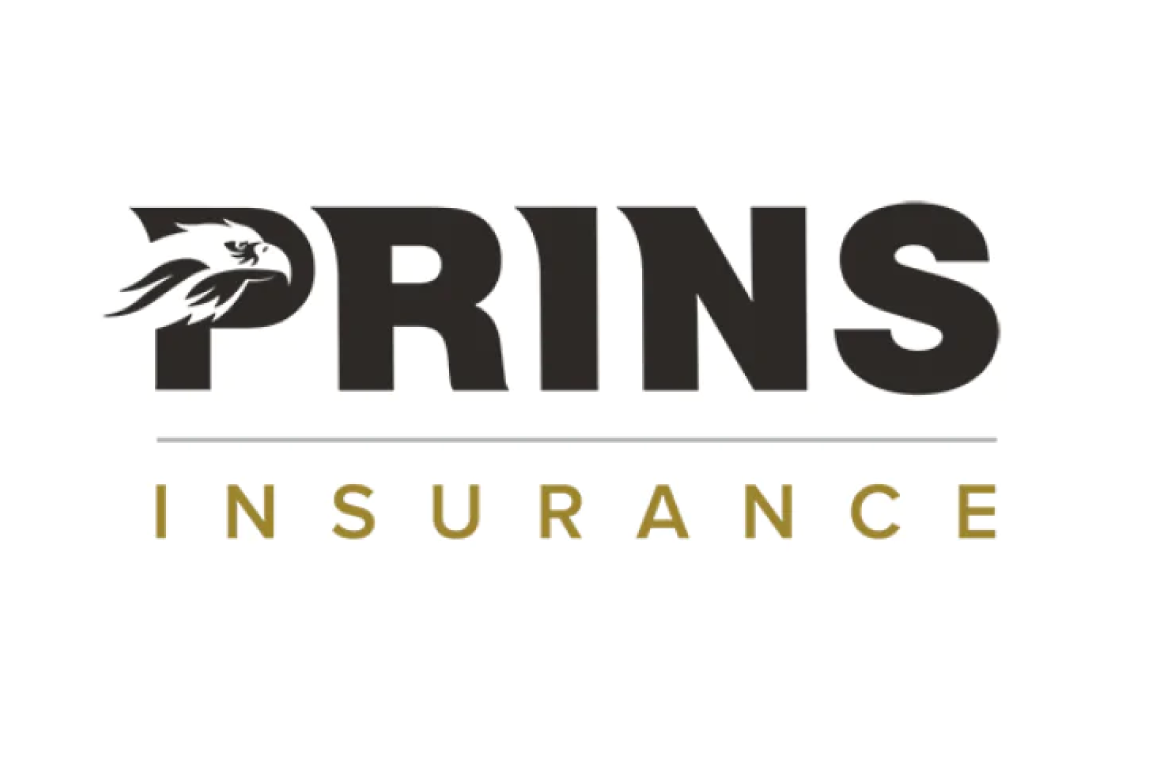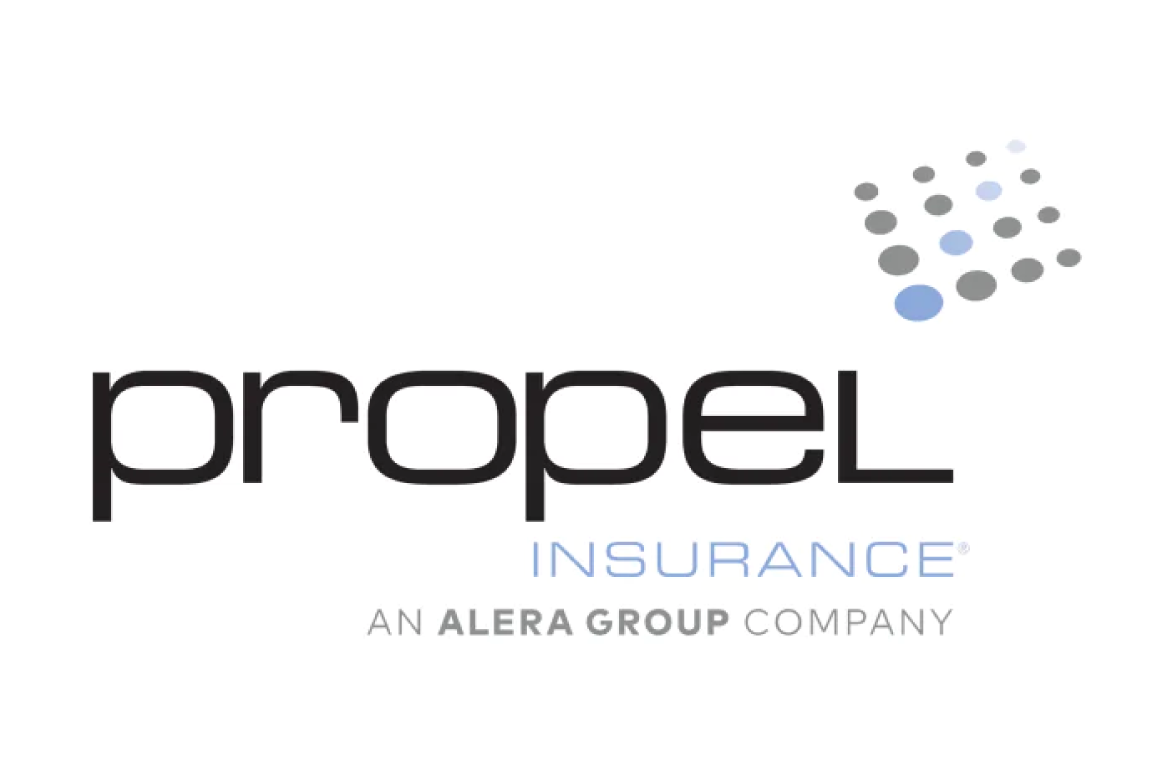In today’s business environment, insurance with high limits of liability is practically a necessity. That’s because accidents leading to liability claims for damages often exceed the limits of underlying policies, such as a Commercial General Liability Policy, a Business Auto Policy, or the Employers Liability found in a Workers Compensation Policy. Consequently, insurance professionals must understand the purpose of Excess and Umbrella Liability Policies.
Functions of Excess and Umbrella Liability Policies
While Umbrella Liability Policies frequently provide broader coverage than Excess Liability Policies, both share common functions.
Excess Liability Policies
Excess Liability Policies have two primary functions:-
To provide excess limits above underlying liability insurance limits
-
To replace underlying insurance limits as aggregate limits are exhausted
Umbrella Liability Policies
Umbrella Liability Policies have three primary functions:-
To provide excess limits above underlying liability insurance limits
-
To replace underlying insurance limits as aggregate limits are exhausted
-
To provide broader insurance protection than the underlying insurance
Consider the different types of Excess Liability policies available.
The 4 Types of Excess Coverage Forms
There are four types of Excess Coverage Forms and each serves a specific purpose.
(1) A Monoline Excess Policy covers a single type of underlying insurance.
(2) A Multiline Excess Policy covers more than one type of underlying insurance.
(3) A Buffer Liability Policy fills a coverage gap residing between a primary underlying insurance and an overlying Excess Policy layer.
(4) A “Lead” Umbrella Policy resides between primary underlying policies and the overlying Excess Umbrella Policy.
The Excess Policy is normally a “follow form,” meaning it follows the terms and conditions found in the underlying “Lead” Umbrella Policy. A self-insured retention, or SIR, is the dollar amount a named insured pays when the insured’s Commercial Umbrella Policy provides broader coverage than the underlying policy. Unlike a deductible, a SIR does not always apply, as in circumstances when the Umbrella Policy drops down over exhausted limits or when the policy is excess over underlying limits.
Commercial Umbrella Liability Policy
The Insurance Services Office publishes a standardized Commercial Umbrella Liability Policy. However, many insurance companies use their own forms. These types of variations exist, for example, in the language of the Insuring Agreement, the cost of defense, coverage territory, and underlying insurance conditions. Limits required on an insured’s underlying policies may differ from insurer to insurer. Variations also reside in the Exclusions section of an Excess Policy.
Any underlying policies and Excess Policies should be concurrent, meaning their policy periods should be identical. Non-concurrent dates can result in coverage gaps in circumstances where Excess Policies require that underlying limits be “unimpaired,” meaning they have not been reduced or exhausted by claims prior to an Excess Policy’s effective date. Non-concurrent dates can result in coverage gaps.
Excess Liability Insurance in the Real World
Imagine a vacationer who carries an “emergency” credit card just in case something unexpected happens. The credit card has what the vacationer believes is sufficient to cover expenses. However, the credit card is a “just in case” form of protection. Then, some unexpected events happen where the emergency credit card may be the only solution to the problem. Excess liability insurance works just like that. It is that “just in case” solution to a catastrophic liability claim.
Accidents leading to liability claims for damages that exceed the limits of the Commercial General Liability Policy, Business Auto Policy, or the Employers Liability coverage found in a Workers Compensation Policy are all too common today.
The CISR Commercial Casualty II course equips insurance professionals with an understanding of how Excess and Umbrella Liability Policies work. Register for an upcoming live or self-paced course.
